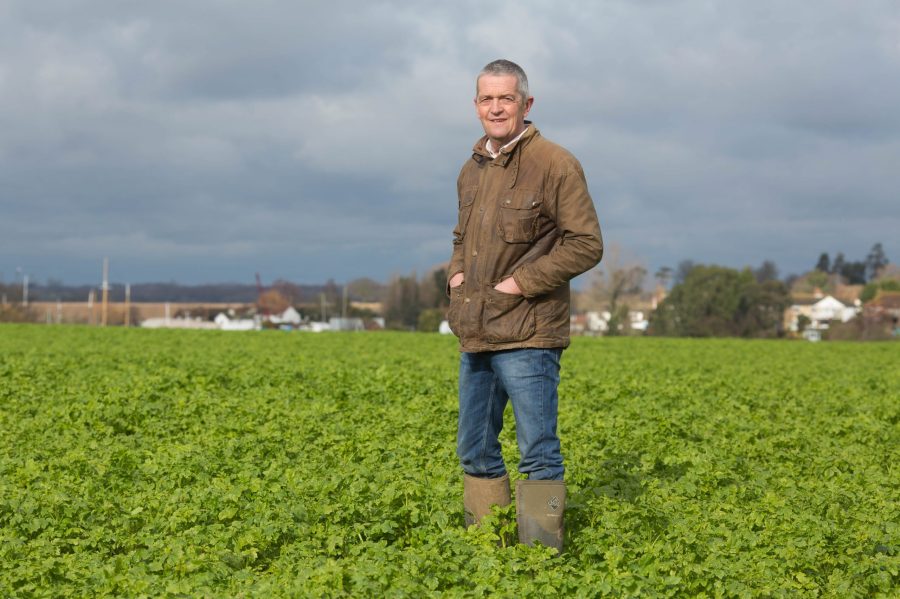By Guy Smith
The site of a harvest mouse scurrying across the wheat stubble we were drilling earlier this autumn reminded me of one of my favourite poems entitled rather fully ‘To a mouse on turning up her nest with the plough’. Penned in 1785 by the great Scottish Baird Rabbie Burns, I was struck how his lines still resonated well over two hundred years later.
Most know it for the immortal line ‘The best laid schemes of Mice and Men often go awry’ – which in itself is a reminder that the ELMs schemes of today, many of which in themselves could be seen as improving small mammal habitat, may look good on paper but not so effective come their implementation on the ground. It’s a timely reminder to politicians that sometimes it’s best to trust the farmers when it comes to nature conservation rather than tie them up in endless prescriptive rules and regulations, the consequences of which can often be perverse.
But I also like the poem as it talks about the ploughman’s sorrow that the mouse has been disturbed and frightened by his act of cultivation when all the wee timorous beastie was trying to do was eke out the winter with an ear of wheat in its once cosy nest. The ploughman laments that while he meant the mouse no harm that’s not how it feels to the mouse. I was minded to compose an updated version based on how zero tillage would give the mouse a better chance but decided against sullying the great poet’s immortal verse with my unworthy doggerel.
The site of this small mammal on my farm caused me to investigate its conservation status. Like most arable farmers, I like to take an interest in the wildlife I share my farm with. The field mouse is deemed an abundant species in the UK, with a stable and widespread population of around 38 million. The same is true of the field vole with a population of over 80 million.
As we know, agriculture is endlessly attacked and criticised by many in the wildlife lobby for its negative impact on all manner of species. Curiously this doesn’t appear to be the situation in the case of the humble field mouse and vole. Furthermore, field mice and voles are important to other species that need them as a food source – most notably birds of prey.
The point of note here is that birds such as the buzzards that prey on mice in fields have shown huge and manifold increases in recent decades. Any tractor driver will tell you how common they have become, being constant companions flying overhead as we go about our fieldwork. Despite their ubiquity, I still marvel at them and find their calling captivating.
The point is that this evidence of a very healthy part of the farmland wildlife food chain rather flies in the face of the hyped-up accusations, in some quarters, that modern arable farms are devoid of wildlife – which is in some sort of crisis. While I’m sure many species are seeing declines, you suspect that the good news stories get ignored because they don’t suit the politicised mantra of various conservation pressure groups.
I’m also at a loss as to why public bodies, such as Natural England, don’t seem interested in the positive indicators. Surely there is as much to learn from the increases as there is from the decreases. Another point being that if you want farm managers to take conservation seriously, it probably doesn’t help being in some sort of denial about species increases that can be easily seen everyday from the tractor cab window.
So let’s hear it for the humble field mouse. Hero of one of our greatest poems and possible indicator that things are not as bleak when it comes to farm wildlife as some like to suggest.
This article was taken from the latest issue of CPM. For more articles like this, subscribe here.




